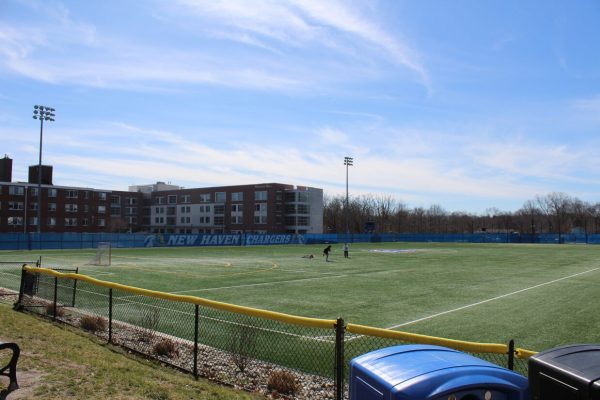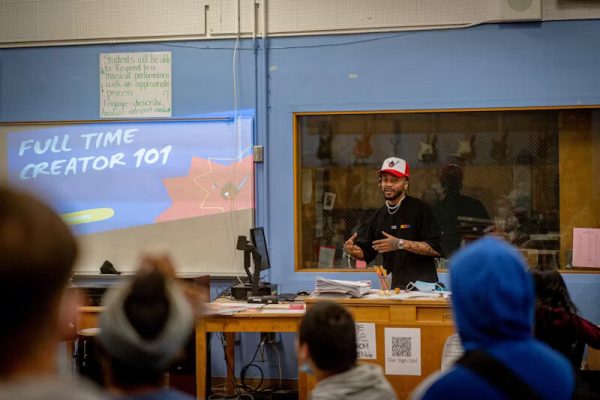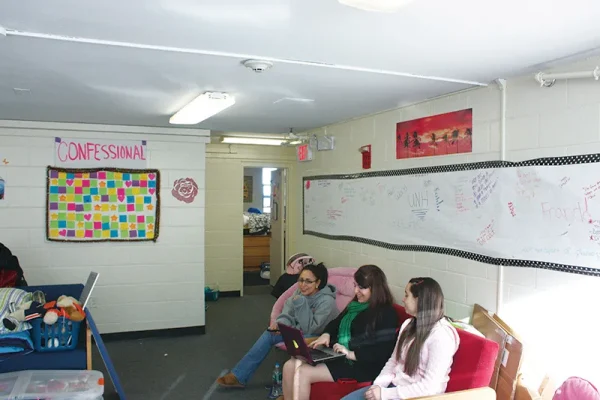Cultural Divide and Misperception

Being a person of color in a predominantly white institution (PWI), it is easier to notice when there is a cultural divide. A predominantly white institution is when at least 50% or more white individuals make up the student and faculty population. According to the U.S Department of Education, at the University of New Haven, more than half of the undergraduate student body is white. Sometimes, in an environment like a predominantly white institution, it takes understanding and patience to know how to properly interact with different cultures. There is a wall between the cultures on campus, but it is not a behavior that is done intentionally, but rather subconsciously.
People simply like to associate themselves with people who look like them in color or personality, as it is a comforting second nature. At times, students of color are expected to act a certain way or prove stereotypes to be correct, so to shut those preconceived perceptions down, they must represent themselves carefully. For example, if a young black male is angry and voicing how he feels, he will be perceived as being an over-reactive, violent, and angry black man, which is one of the common representations of people of color in the media. Therefore, it’s like walking on eggshells to keep other people comfortable. However, to avoid any kind of conflict, it’s easier to hang around people who share the same experiences you do.
Although this may seem like a topic for college campuses, it is a challenge that will follow students into the professional world. When it comes to the police brutality toward men of color throughout the country, people of color are strongly affected. People don’t take the time to understand why students of color are so passionate about raising awareness and having discussions on campus because it doesn’t affect them, but it does affect the environment we live in on-campus through racial and political tension. It’s important to always create uncomfortable discussions because that’s how we will learn, understand, and respect all people on campus and off-campus.
The challenges of being a person of color in a PWI isn’t just a topic for the University of New Haven, but for other college campuses as well. The way students act toward each other now will be reflected in their future world of business. As a person of color, it can be very frustrating constantly trying to explain the misrepresentations or lack of our representation here on campus. It’s difficult to get people to really understand where a person of color is coming from because these expressions often fall on deaf ears. How can there be a change in this cultural divide, if there are not enough people listening?









